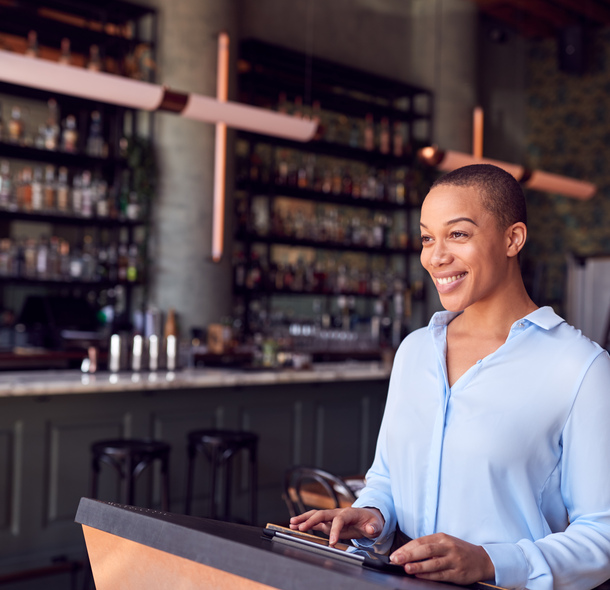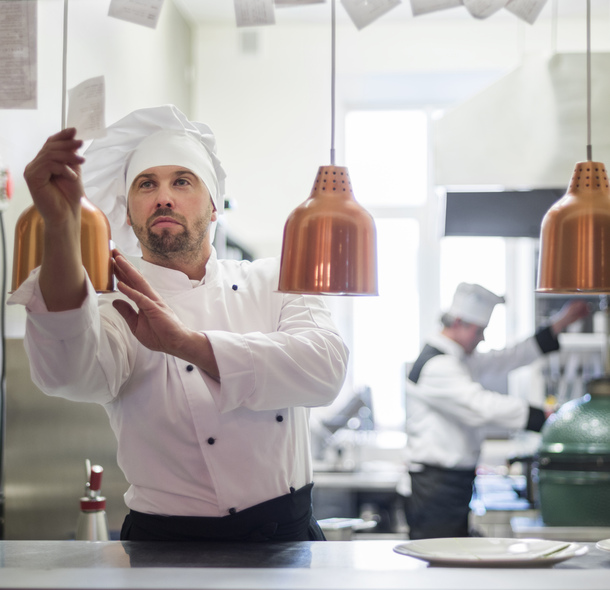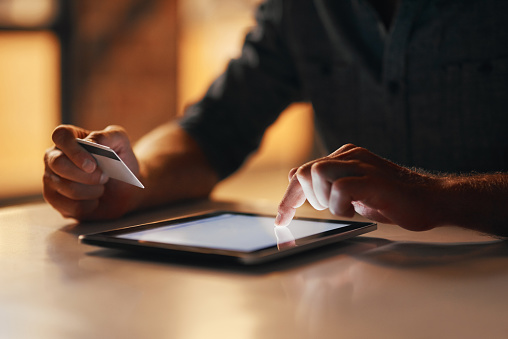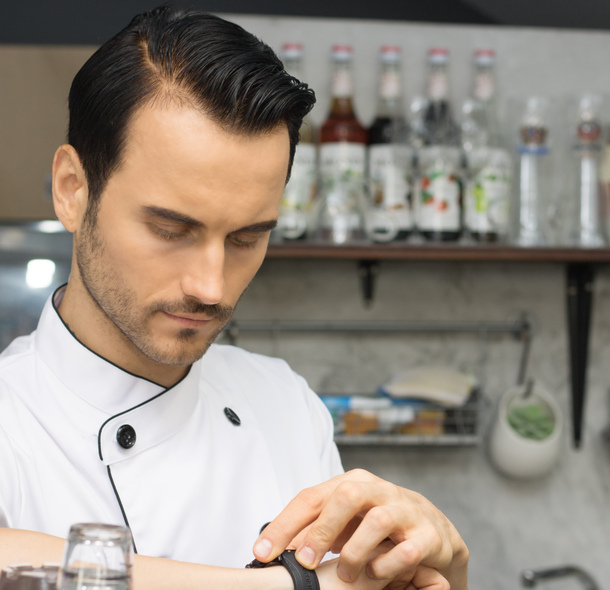Our Head of European Hospitality, David Wheatcroft outlines practical ways you can encourage diners and discourage no-shows.
No-shows are a hospitality plague… on top of a pandemic.
There’s no way to firmly count how much no-shows cost the industry in monetary terms, but estimates by various restaurant associations across Europe over the years suggest the frequency of diners not turning up can range from 5-20%.
The times we find ourselves in, however, could provide just the opportunity to adopt an industry-wide stance which supports both restaurateurs and the customer experience.
While social distancing is reducing restaurant capacity, the lifting of lockdown restrictions is increasing consumer demand. It means there has never been a better time to introduce change. Your diners will not only understand, but they’ll also appreciate the convenience it brings for them.
So here are five steps you should consider…
1) Take bookings online or via an app
“The dining experience starts the moment your customers make a booking. So be sure it is friendly, easy and intuitive. Clarify your policies on social distancing and outline what they can expect so, when they show up, no-one feels uncomfortable. If they need to choose their meal from an app at the table, make that clear,” says David.
“Customers like having more control over their experience, and if they know they can determine what they choose, can order when they’re ready and pay how they’d like, then you’ve instantly put control in their hands. And through a booking system, you can better regulate your sitting times and volume of traffic at the busiest times - all improving the diner experience.”

2) Take a deposit for the table when you take the booking
“It was an industry norm that deposits were only expected for larger parties of, say, ten or more. But, in the climate we’re in now, it’s not unreasonable to do it for all bookings – theatres, cinemas and planes take full payment up front for their seats. Customers never query it,” says David.
“A deposit won’t fully compensate for the cost of a no-show. But it will make diners know you take your business and their custom seriously, which may deter those booking at several places intending to only show up at one.”
“Advances in technology make this easier than ever. It can be integrated into the booking process and the deposit can automatically come off the final bill, or – through a process called tokenisation – be charged to anyone booking who doesn’t then show-up.
“But you must be clear that is your policy, and the customer must actively confirm through, say, a tick box that they agree to pay if they don’t show-up. Then you don’t face the risk of chargebacks when you enforce your policy.”
“Being clear, reasonable and consistent is key,” says David.

3) Issue timely reminders
“Whether it’s through a text to their phone or an email, this is a useful reminder that we all appreciate nowadays. It’s even better, to my mind, if you can embed an ‘add to diary’ function so it can go straight to my smartphone calendar,” says David.
“With the appropriate consents, this will also give you a chance to collect contacts you could use again for follow-ups and marketing as you want to build customer loyalty.”
“The dining experience starts the moment your customers make a booking. So be sure it is friendly, easy and intuitive.”
4) Make cancellations easy
“In the times we live in, you need to be reasonable and flexible. After all, if someone is diagnosed with Covid-19, do you want them turning up for dinner at your restaurant and risking other diners or your staff, for the sake of a deposit?
“So ask yourself: what’s a reasonable cancellation period? And put that, plus a link to cancel or to move their booking, into your reminder,” says David.
“Historically you may have expected 24-48 hours’ notice so you could fill the table, but in these times can it be that stringent? You also want to build relationships with anyone who has booked. If they can’t make it today, maybe they’ll come back tomorrow or next time!
“Also remember to factor in walk-ins,” says David.
“If you’re in an area that gets a lot of footfall, you may be able to more quickly fill an empty table than if you’re tucked away from the crowds.”
5) Follow-up
“One thing the pandemic hasn’t affected is the allure of a good customer experience. Get it right and you’ll enjoy repeat custom,” says David.
“If a customer doesn’t show – what’s your plan? Call or text after 15 or 20 minutes? Set your policy and consistently apply it.
“Whether they show up or not, send a follow-up using the same method you reminded them about their booking. Learn from the lost booking or from their experience – good or bad.
“Use good reviews on your website. If you get negative ones – do something constructive about them. A customer with a gripe that you’ve treated fairly and with respect, can often become a powerful ambassador.”
Remember, too: a modern payments system can do much more than process money!
It can support social distancing by allowing diners to pay at the table, in app or through QR codes. It can facilitate adding staff tips, splitting bills for groups and sending receipts digitally. Orders going through the kitchen could even marry up with your stock inventory to keep your staff – and, crucially, customers - informed of what’s run-out on your menu.
Not only can a modern payments system bring together efficiency and safety while fostering loyalty through great customer experiences, it can give you measurable tracking and insights you can actively use to continue strengthening your business.
Talk to us to find out more.


